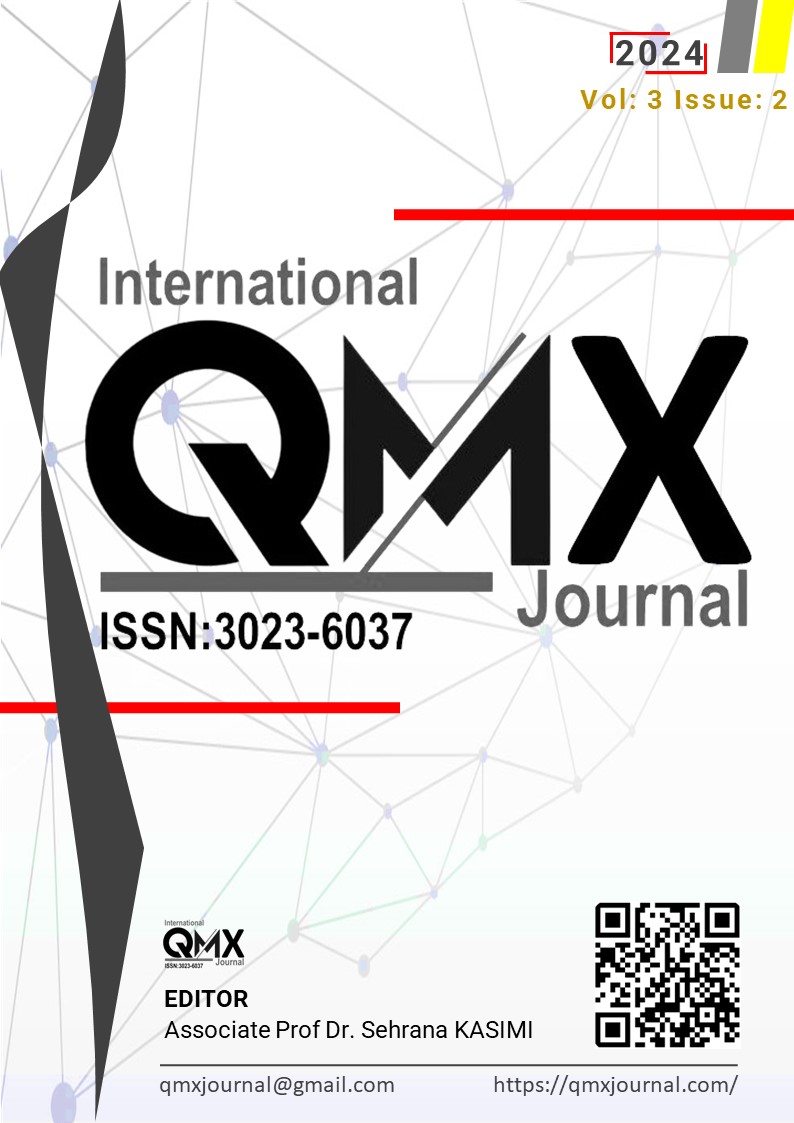Author :
Abstract
Bu araştırma uzaktan eğitim sürecinde köy ve kasabalarda uzaktan eğitim modeli ile öğrenimlerine devam eden ortaokul öğrencilerinin uzaktan eğitim ile ilgili görüşleri, sorunları ve bu sorunlara getirilebilecek çözüm önerilerinin neler olabileceği araştırılmıştır. Betimsel tarama modelinin yer verildiği çalışmada amaçsal örnekleme yöntemi kullanılmıştır. Öğrenimlerine virüs salgını sebebiyle uzaktan eğitim modeliyle devam eden 43 köy ortaokulu öğrencisi katılmıştır. Verilerin toplanmasında alanında uzmanlar ile birlikte hazırlanan, üçer tane kişisel bilgileri ve uzaktan eğitim için gerekli araç gereçlerin varlığını tespit eden, 10 tane de araştırmanın amacına uygun açık uçlu olmak üzere 16 sorudan oluşan görüşme formu kullanılmıştır. Form okulların virüs salgınından dolayı kapalı olması nedeniyle Google formlar aracılığı ile öğrencilere gönderilmiştir. Elde edilen veriler nitel analiz yöntemiyle analiz edilmiştir. Çalışmaya katılan öğrencilerin yarısından çoğu seçme şanslarının olması durumunda yüz yüze eğitimi seçmek istediklerini belirtmişlerdir. Öğrencilerin büyük çoğunluğu uzaktan eğitim sürecinde bağlantı için gerekli araç-gereç ( Tablet, bilgisayar, internet vb. ) eksikliğini ve internetin olmaması ya da kısıtlı olmasını sorun olarak göstermiştir. İnternet ya da bağlantı cihazlarını kullanım becerisinden kaynaklı sorunlar, uzaktan eğitime bağlanan kardeş sayısının fazlalığından dolayı bağlantı cihazının yetersiz olması, çalışma odalarının olmaması, ders zamanında aileleri tarafından sık sık rahatsız edilmeleri, uzaktan eğitimde derslerin anlaşılır olmaması ve arkadaşlarıyla görüşememeleri diğer sorunlar olarak belirtilmiştir. Bu sorunların ailenin ekonomik durumlarıyla yakından ilişkili olduğu söylenebilir. Bakanlık uzaktan eğitim sürecinin daha sağlıklı yürütebilmesi için istisnasız bütün öğrencilere uzaktan eğitime bağlantı için gerekli araç-gereçleri ( Tablet, bilgisayar, internet vb.) ücretsiz temin etmelidir.
Keywords
Abstract
This research has investigated the opinions, issues, and potential solutions related to distance education among middle school students who continue their education through a distance learning model in villages and towns. The study, which incorporates a descriptive survey model, utilized purposive sampling method. Forty-three middle school students from villages, whose education continued through a distance learning model due to the virus outbreak, participated in the study. For data collection, an interview form prepared with experts in the field was used, consisting of sixteen questions: three about personal information and the presence of necessary tools and equipment for distance education, and thirteen that are open-ended and relevant to the purpose of the research. Due to the closure of schools because of the virus outbreak, the form was sent to students via Google Forms. The collected data were analyzed using qualitative analysis methods. More than half of the participating students stated that they would choose face-to-face education if they had the choice. The majority of students highlighted the lack of necessary tools and equipment (such as tablets, computers, internet, etc.) for connectivity and the absence or limited availability of the internet as a problem during the distance learning process. Issues arising from the lack of skills to use the internet or connectivity devices, the insufficiency of devices due to the high number of siblings connecting to distance education, the absence of study rooms, frequent disturbances by family members during class time, the incomprehensibility of lessons in distance education, and the inability to meet with friends were other problems identified. These issues can be said to be closely related to the families' economic situations. The Ministry should provide all necessary tools and equipment (tablets, computers, internet, etc.) for connecting to distance education free of charge to ensure the process runs more smoothly for all students.
